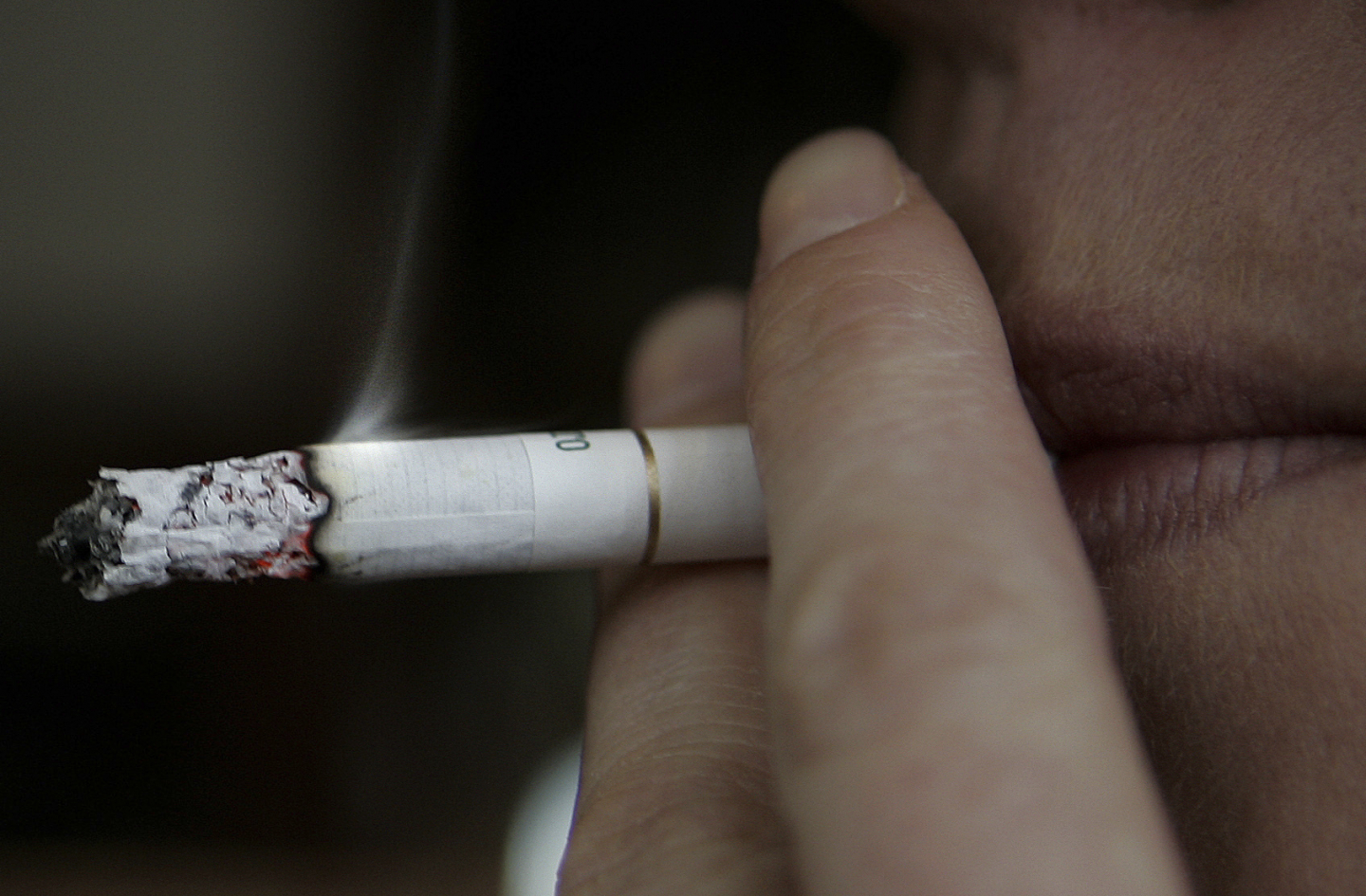Report on the Maternal Mortality of Stacey Hatfield and its Relation to Sustainable Development Goals
1.0 Incident Summary
On September 29, Australian nutritionist and entrepreneur Stacey Hatfield, age 30, died from complications following a planned home birth in Melbourne, VIC. The incident highlights critical challenges related to the United Nations Sustainable Development Goals (SDGs), particularly SDG 3 (Good Health and Well-being). After delivering her son, Ms. Hatfield experienced what was described as an “unforeseen and extremely rare complication.” She was subsequently transferred to a hospital for emergency care but did not survive.
2.0 Subject Profile and Economic Contributions
Stacey Hatfield was a notable figure in the wellness industry, contributing to economic growth and promoting sustainable consumption patterns, aligning with several SDGs.
- Entrepreneurship (SDG 8: Decent Work and Economic Growth): Ms. Hatfield was the founder of the wellness brand Natural Spoonfuls (est. 2019) and co-founder of the social media agency Waffl. As a female entrepreneur, her work supported job creation and innovation in the digital and wellness sectors.
- Sustainable Consumption (SDG 12: Responsible Consumption and Production): Through her brand and social media presence, which reached over 20,000 followers, she advocated for “low-tox living.” This philosophy promoted the consumption of whole foods and chemical-free products, directly supporting the principles of sustainable and responsible consumption.
3.0 Analysis in the Context of Sustainable Development Goals (SDGs)
This case serves as a critical indicator of the ongoing challenges in achieving key health and gender equality targets, even within a developed nation like Australia.
3.1 SDG 3: Good Health and Well-being
The primary SDG impacted is Goal 3, which aims to ensure healthy lives and promote well-being for all at all ages. Ms. Hatfield’s death is a case of maternal mortality, a key focus area for global health initiatives.
- Target 3.1: Reduce Maternal Mortality: This target aims to reduce the global maternal mortality ratio to less than 70 per 100,000 live births by 2030. This incident underscores that maternal deaths can still occur from rare complications and highlights the need for continued investment in maternal healthcare, risk assessment, and rapid-response emergency medical systems for all births, including planned home births.
- Contextual Data: In 2023, planned home births constituted approximately 0.7% of all births in Australia. Ensuring the safety of all birthing choices through integrated healthcare systems is essential to meeting SDG 3 targets.
3.2 SDG 5: Gender Equality
This goal seeks to achieve gender equality and empower all women and girls. The death of a female entrepreneur and new mother has direct implications for this goal.
- Target 5.5: Ensure Women’s Leadership and Participation: The loss of a female business founder represents a setback for women’s full and effective participation in economic life.
- Social and Economic Impact: The aftermath, which sees her husband navigating life as a single father, highlights the profound social and economic consequences of maternal mortality on families and communities. The community response, including an online fundraiser, points to the need for robust social safety nets to support families affected by such tragedies.
4.0 Conclusion
The death of Stacey Hatfield is a tragic event that intersects with multiple Sustainable Development Goals. It serves as a stark reminder of the persistent risks associated with childbirth and the importance of robust healthcare systems in achieving SDG 3 (Good Health and Well-being). Furthermore, the loss of a female entrepreneur highlights the broader economic and social impacts related to SDG 8 (Decent Work and Economic Growth) and SDG 5 (Gender Equality), while her professional advocacy for “low-tox living” was a direct contribution to SDG 12 (Responsible Consumption and Production). This case underscores the interconnectedness of the SDGs and the need for comprehensive strategies to ensure health, equality, and sustainable economic progress for all.
1. Which SDGs are addressed or connected to the issues highlighted in the article?
SDG 3: Good Health and Well-being
- The article’s central focus is the death of a woman due to complications following childbirth. This event directly relates to maternal health, which is a critical component of SDG 3. The goal aims to ensure healthy lives and promote well-being for all, with a specific emphasis on reducing maternal mortality. The tragic death of Stacey Hatfield underscores the persistent risks associated with childbirth and the importance of accessible and effective maternal healthcare.
2. What specific targets under those SDGs can be identified based on the article’s content?
Target 3.1: By 2030, reduce the global maternal mortality ratio to less than 70 per 100,000 live births.
- The article provides a direct case study relevant to this target by describing a maternal death. Stacey Hatfield’s passing from an “unforeseen and extremely rare complication” after giving birth is an instance of maternal mortality. This event highlights the challenges that remain in preventing such deaths, even in developed nations, and directly aligns with the objective of Target 3.1.
Target 3.8: Achieve universal health coverage, including financial risk protection, access to quality essential health-care services and access to safe, effective, quality and affordable essential medicines and vaccines for all.
- This target is relevant because the article describes the healthcare response to the medical emergency. After the complication occurred at home, Ms. Hatfield was “transferred to a hospital where staff worked to save her.” The mention of the hospital staff’s efforts (“staff were amazing and did the utmost to help”) points to the provision of and access to essential emergency healthcare services, which is a cornerstone of universal health coverage.
3. Are there any indicators mentioned or implied in the article that can be used to measure progress towards the identified targets?
Indicator 3.1.1: Maternal mortality ratio
- The article directly provides a qualitative data point for this indicator. The death of Stacey Hatfield from complications following childbirth is a case of maternal mortality. While the article does not state Australia’s national maternal mortality ratio, her death is an event that would be counted in the calculation of this specific indicator, making it highly relevant.
Indicator 3.1.2: Proportion of births attended by skilled health personnel
- This indicator is implied through the context of the birth and subsequent medical intervention. The article notes that the birth was a “planned home birth” and that “approximately 0.7% of births in the country were planned home births in 2023.” While it does not specify who attended the home birth, the immediate transfer to a hospital during the emergency confirms that she received care from skilled health personnel. The statistic on home births provides context about birthing practices, which are directly related to whether births are attended by skilled professionals.
4. Table of SDGs, Targets, and Indicators
| SDGs | Targets | Indicators |
|---|---|---|
| SDG 3: Good Health and Well-being | Target 3.1: Reduce global maternal mortality. | Indicator 3.1.1: Maternal mortality ratio (The article reports a specific case of maternal death). |
| SDG 3: Good Health and Well-being | Target 3.8: Achieve universal health coverage. | Indicator 3.1.2: Proportion of births attended by skilled health personnel (Implied by the transfer to a hospital for emergency care and the statistic on planned home births). |
Source: kgw.com







